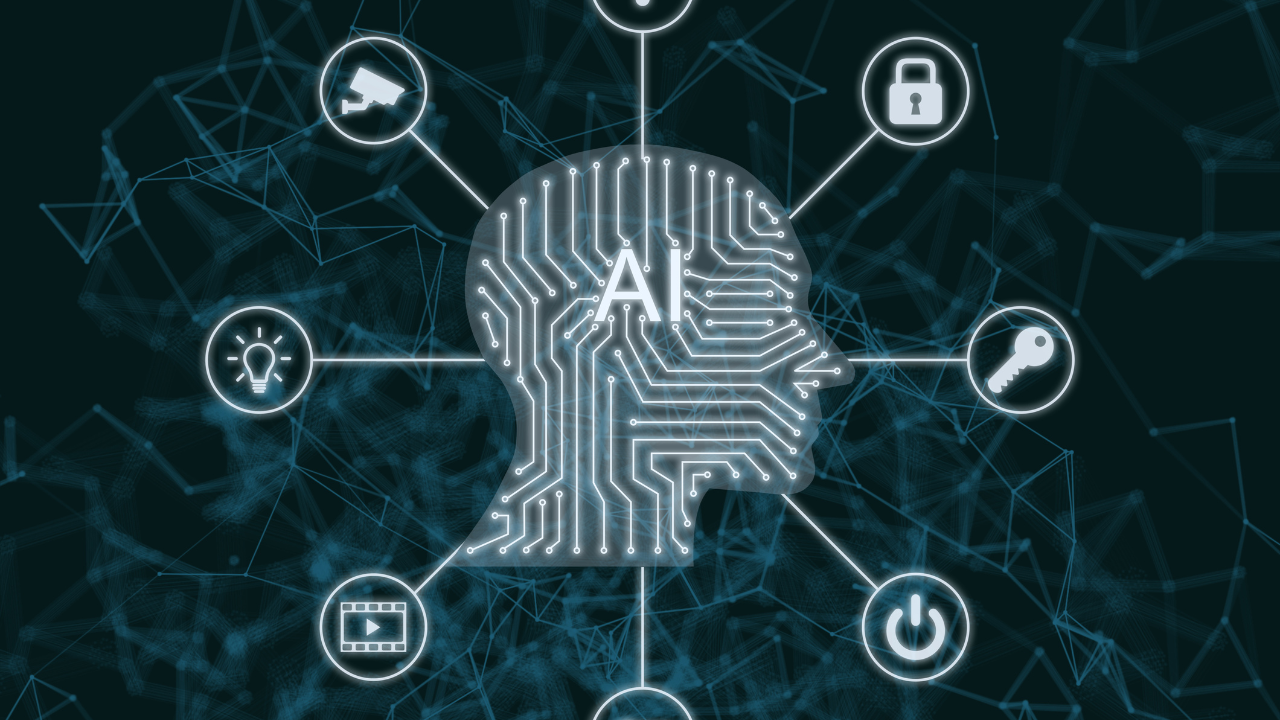



Learning cybersecurity from books and tutorials is great — but nothing teaches better than real-world examples. Cybersecurity case studies show us how cyberattacks happen, what went wrong, how companies responded, and what lessons we can apply to our own systems and behavior.
Here are six powerful case studies every student should know — whether you're new to cybersecurity or preparing for a career in it.
Type: Data Breach | Impact: 147 million Americans affected
A vulnerability in Apache Struts, a web application framework, was not patched in time. Hackers exploited it and accessed sensitive personal data including Social Security numbers, birth dates, and addresses.
Patch management is critical — even one unpatched system can lead to disaster.
Companies must encrypt sensitive data even at rest.
Incident response should be faster and more transparent.
Consumers were affected for years after the breach — showing how long-lasting cyber damage can be.
Type: Ransomware | Impact: 200,000+ computers in 150 countries
A ransomware worm called WannaCry used a Windows vulnerability (called EternalBlue, leaked from the NSA) to spread globally. Systems in hospitals, governments, and businesses were locked unless a ransom was paid in Bitcoin.
Outdated systems are huge liabilities — some affected machines were running Windows XP.
Backups can save you — many victims without backups lost everything.
Cyber hygiene (updates, firewalls, awareness) can stop widespread infections.
Type: Point-of-Sale Attack | Impact: 40 million card numbers stolen
Hackers gained access to Target's internal network through a third-party HVAC vendor, then installed malware on POS systems in stores, stealing credit card info and customer data.
Even small vendors can be the weak link in a big chain — supply chain security matters.
Network segmentation is critical. The attackers shouldn't have gone from an HVAC system to cash registers.
Monitoring and early detection could’ve limited the damage.
Type: Supply Chain Compromise | Impact: U.S. government agencies & major companies
Hackers (believed to be state-sponsored) compromised SolarWinds' Orion software updates, embedding malware. When clients (including U.S. government agencies) updated, they unknowingly installed a backdoor.
Supply chain attacks are sophisticated and hard to detect.
Security must be built into development pipelines — from code to deployment.
Even trusted vendors can be compromised — zero trust strategies are key.
Type: Ransomware | Impact: Fuel shortages across the U.S. East Coast
The DarkSide ransomware group attacked Colonial Pipeline, causing the company to shut down operations. The attackers stole data and locked systems, demanding ransom. The incident caused widespread fuel panic and economic impact.
Cyberattacks can have real-world, physical consequences.
Critical infrastructure is increasingly under threat — from transportation to utilities.
Strong incident response plans and network segmentation are crucial.
Type: Social Engineering | Impact: Internal systems compromised
A teen hacker allegedly tricked an employee into giving up their credentials via MFA fatigue attacks (spamming login requests until they accept). The attacker gained access to internal tools, code, and admin panels.
Even advanced security like multi-factor authentication (MFA) can be defeated through social engineering.
Employee training is just as important as technical defenses.
Always monitor for unusual login activity and access patterns.
Here’s how to make these real-world stories part of your learning:
| Case Study | What to Practice |
|---|---|
| Equifax | Patch management, vulnerability scanning |
| WannaCry | Ransomware analysis, network isolation |
| Target | Vendor risk management, network segmentation |
| SolarWinds | Secure DevOps, supply chain audits |
| Colonial | Incident response planning, ransomware defense |
| Uber | Social engineering simulations, MFA training |
Wireshark – Analyze ransomware traffic like WannaCry
Metasploit – Test vulnerabilities like those in Equifax
Nmap & Nessus – Scan for weak systems
Splunk or ELK – Monitor logs for intrusions
Burp Suite – Simulate web-based attacks like phishing
TryHackMe or Hack The Box – Practice real-world exploit labs
Cybersecurity is more than theory — it’s learning from mistakes, patterns, and attacks in the real world. By studying high-profile cyber incidents, students can better understand how to defend, respond, and recover from threats.
These case studies highlight a key truth:
The weakest link isn’t always tech — it’s often people and process.
Want help turning these cases into hands-on lab scenarios or class projects? I’d be happy to help you design exercises based on any of these real-world events!
#trending #latest

University Internships That Help You Get a Job After Graduation... Read More.

Is It Smarter to Start at a Community College... Read More.
 Fake posts hit Czech PM Fiala's X
Fake posts hit Czech PM Fiala's X
Fake posts disrupt Czech PM Fiala's X account security
 Switzerland Tightens Export Rules
Switzerland Tightens Export Rules
Switzerland expands export controls on dual-use goods
 Google unveils Ironwood AI chip
Google unveils Ironwood AI chip
Google introduces Ironwood chip to accelerate AI tasks & apps
 TSMC Q1 revenue up 42%
TSMC Q1 revenue up 42%
TSMC sees 42% revenue surge in Q1, surpassing forecasts
 Amazon CEO Outlines AI Vision
Amazon CEO Outlines AI Vision
Amazon CEO reveals AI investment plans in new letter
 Osaka Hosts World Expo 2025
Osaka Hosts World Expo 2025
Japan blends tech and culture at Osaka Expo 2025 launch
 A16z Plans Big Bet on AI Startup
A16z Plans Big Bet on AI Startup
A16z may lead huge round in ex-OpenAI CTO’s new AI firm.
© MyEduGoal. All Rights Reserved. Design by markaziasolutions.com